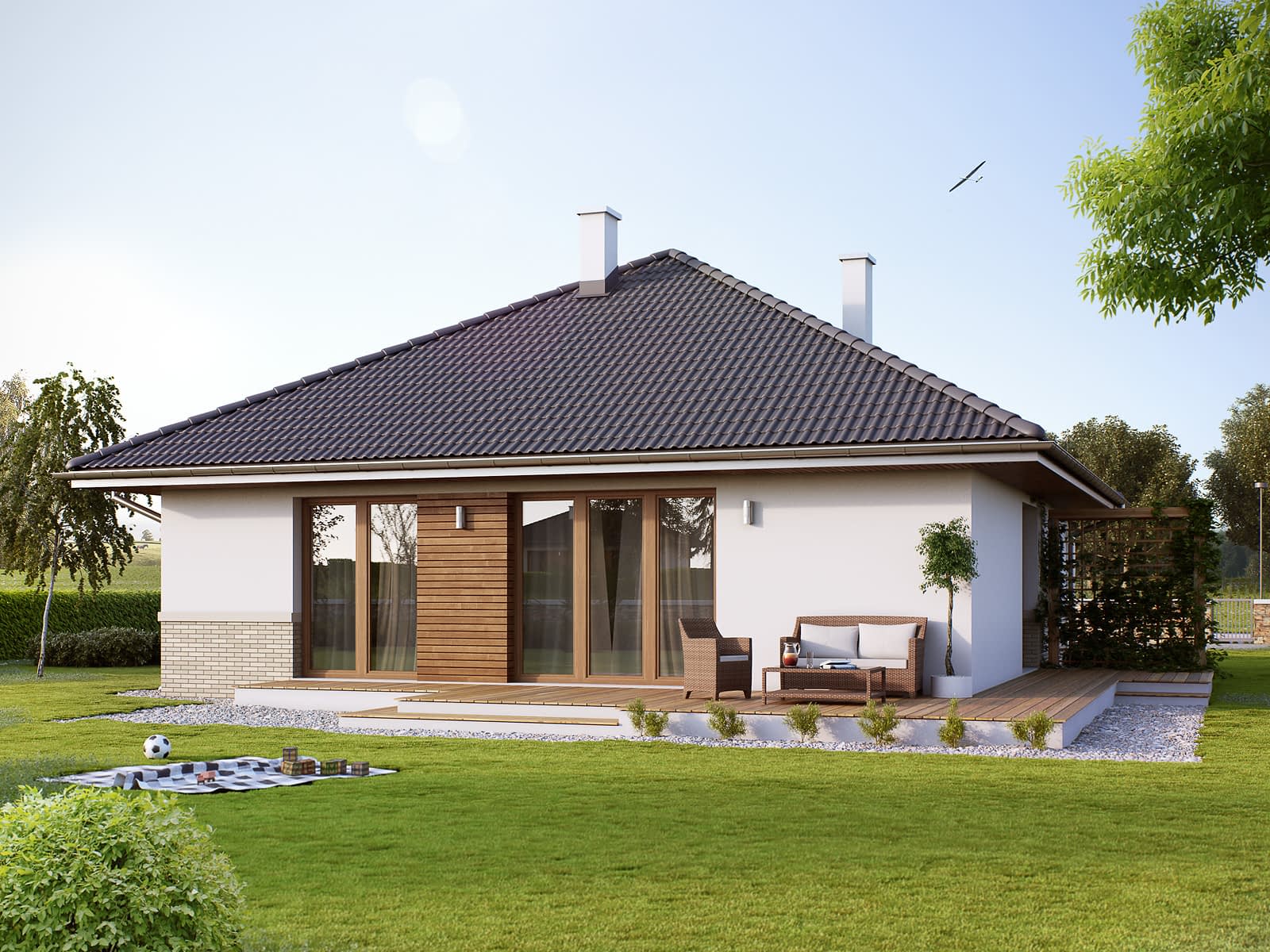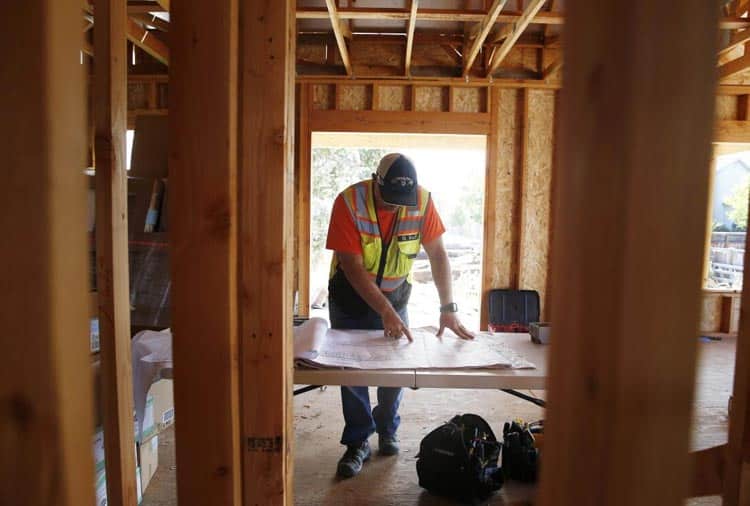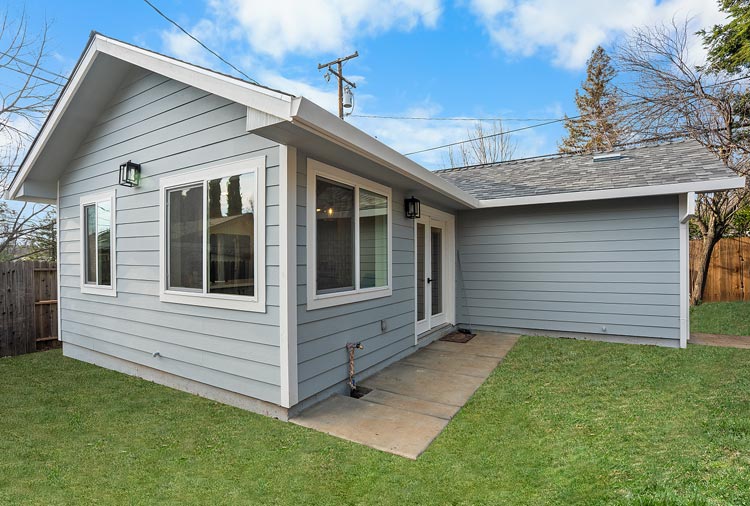





A link to download your FREE brochure will be in your inbox in 3 minutes



















The final price may vary based on project specifics.
To get a free accurate quote tailored to your needs, book a consultation with us today!

The price per square foot provided is an average and may vary depending on project-specific details such as materials, location, complexity, and other factors. Actual costs may differ from the average provided.
It is recommended to obtain a detailed quote based on the specific requirements of your project.

Please note that the monthly payment displayed on this page is an estimate and is subject to variation based on the selected loan product, applicants credit score, loan amount, and other financial details. Actual monthly payment may differ from the estimate provided.
It is recommended to seek advice from a financial advisor or loan officer to obtain precise payment information tailored to individual circumstances.
 Your Trusted
Local Contractor
Your Trusted
Local Contractor
If you have conceived an accessory dwelling unit (ADU) project, you probably wonder what financing options exist out there. An ADU is a small home equipped with a kitchen, a bathroom, and a bedroom. It is suitable for long-term living and fits within your yard, allowing you to save without buying a new house. Building accessory dwelling units on the same land as your primary residence is beneficial not only for homeowners but for governments since it aids in addressing the housing shortage problem. That is why California adopted a range of supportive measures for those who plan an ADU construction.
Without further ado, let’s hop right into exploring the payment assistance that California provides for homeowners to implement their ADU projects!
As we know, California is the most populous state in the United States. Thus, the challenge of limited available land is a significant concern. ADUs present a valuable solution to this issue. Accessory dwelling units are small homes that can give a homeowner extra space for family or guests. Besides that, ADUs allow the creation of more affordable housing options within a densely populated region of California. In comparison with traditional homes that may cost $700,000-800,000, an ADU, depending on its type, costs from $50,000 to $300,000. Of course, there are more expensive projects; their cost is still significantly lower, often about half of that of traditional homes.
The California government strives to encourage the growth and spread of accessory dwelling unit projects, in particular by financing ADU initiatives.
There are several directions of support that a future ADU owner might hope for, including:
Under this program, a homeowner can possibly obtain $40,000 on pre-construction costs as well as non-recurring closing costs. It means you can spend grant money on property surveys, soil tests, permit fees, impact fees, architectural designs, site preparation, energy reports, utility hookups, and other pre-development costs, as well as loan fees. The California ADU grant program reopened in 2023, but the amount of money for allocation is not limitless. To apply for the ADU grant, homeowners need to meet certain criteria.
Another way to sponsor the building of your accessory dwelling unit is through financial assistance for those homeowners who are facing mortgage payment difficulties as a result of the pandemic.
With programs like SMUD in Sacramento, homeowners can get reimbursements (some portion of money) back for making energy-saving upgrades to their homes. These upgrades may include installing energy-efficient appliances, green roofs, solar panels, and so on.
If you have problems with mortgages, insurance payments, or property taxes after you’ve built an ADU, you can possibly apply for this program. Depending on the particular situation, you may get a portion of outstanding payments covered by the fund money.
Besides allocating ‘free money’ in frames of grant programs, the California authorities also work closely with approved lenders, who provide homeowners with lucrative ADU construction loans. Construction loans aim to help homeowners with building projects, including ADUs. Usually, they are short-term but offer low interest rates. Also, you can access the funds gradually as you go along with the project.
It’s easier to obtain renovation loans, but they usually require higher monthly payments. Yet, the interest rate is fixed here, unlike construction loans, whose rates may vary over time. Also, a renovation loan does not demand refinancing in the end.
This home equity loan is a loan that you can borrow as needed. It offers such benefits as lower closing costs and convenience. You can pay with it as if you used a credit card and only pay interest on the amount you borrow. The specified amount of funds you can use depends on the equity you have in your home, similar to other home equity loans.
If you need an immediate payout, this is one of the best ways to get it. Cash-out refinance offers fixed interest rates, so you don’t need to worry about their fluctuations. Basically, this is a new mortgage that must be more than you owe on your house in the frame of your primary mortgage. The difference between these sums is what you pay to use for ADU building.
California’s ADU grant program is not a loan but non-refundable financial assistance. This means that after ADU completion, you don’t need to repay it. However, in order to qualify for this program, you need to meet criteria established by the California Housing Finance Agency and go through a complex procedure.
Let’s find out if and how you can access these grant funds!
First of all, only homeowners who occupy and own the house near the ADU they’re going to build are eligible for this program. Besides, your property must be single-family home zoned and meet the requirements of local building codes. California Housing Finance Agency’s programs aim to help people who need extra living space rather than those who simply rent their ADUs. That’s also the reason why the government establishes that your household income cannot exceed 80% of the area median income.
Finally, to obtain the funds allocated by the California ADU grant program, you need to first get a loan from a CalHFA-approved lender. That’s because the lender gets your grant while you receive coverage of your debt.
Summarizing, these are the conditions under which you can possibly obtain an ADU grant:
The qualified homeowners are low- or moderate-income homeowners. For Sacramento residents, the exact maximum income level in 2024 required to participate in the program is $91,120. This income limit is different for each county, which is often based on cost of living and economic considerations. So it makes sense to check in with your respective local authorities.
It’s worth emphasizing that this threshold applies to the borrower themselves, not to the whole household. Thus, even if your household’s total income exceeds the specified number, it doesn’t mean you’re not eligible for the ADU grant program.
Remember to always make sure you have the most current and precise information on income limits so that your application process goes seamlessly and positively.
As we established, to obtain an ADU grant, you need to take out a loan first. If you borrow $150,000, the ADU grant program will cover $40,000, which you can spend on pre-development costs. So, as a result, you will owe $110,000 to the lender.
In order to become one of the CalHFA-approved ADU participants, it’s essential to collect the necessary documents, such as documentation that proves ownership, verifies your income, and shows your credit score. Besides title and financial documents, you should provide detailed ADU blueprints, documents proving compliance with the building codes and zoning regulations, as well as any other kind of documentation that CalHFA requires.
Next, you need to pick a California housing finance agency’s approved lender and undergo an application approval process.
If you’re sure you meet the program’s income limits, to participate in the ADU grant program and obtain grant money to cover some of the upfront costs, you’ll have to go through the process of application.
Here is what is going to happen:
All in all, the process of procuring ADU grant money from the CalHFA reserve funds is rather multistaged and elaborate, but in the end, your efforts pay off. Not having to pay $40,000 from our own funds is a great opportunity, and we recommend sneaking this change while it’s possible and creating an ADU of your dream!
Get a First Look at Real ADU Projects